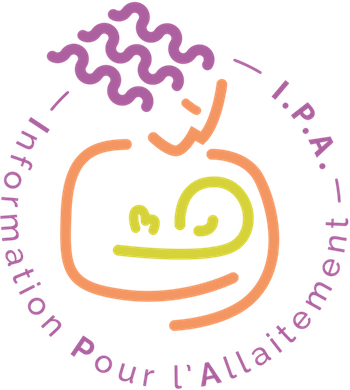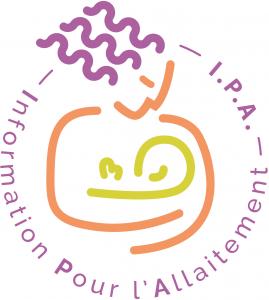Catégories
 > Pathologie > Pathologie de la grossesse > Accouchement compliqué > Accouchement prématuré > Pathologie > Pathologie de la grossesse > Accouchement compliqué > Accouchement prématuré
Accouchement prématuréVoir aussi |
Documents disponibles dans cette catégorie (26)
 Ajouter le résultat dans votre panier Faire une suggestion Affiner la recherche
Ajouter le résultat dans votre panier Faire une suggestion Affiner la rechercheArticle : texte imprimé
Shikha Pundir, Auteur ; Cameron J. Mitchell, Auteur ; Eric B. Thorstensen, Auteur |Background: Preterm birth is a stressful event for both the mother and infant. Whereas the initiation of breastfeeding is important for preterm infant health, little is known of the glucocorticoid hormones (cortisol and cortisone) in human milk[...]Article : texte imprimé
MD Cregan, Auteur ; TR De Mello, Auteur ; D Kershaw, Auteur |BACKGROUND: Lactogenesis II describes the onset of copious milk secretion, and the success of lactogenesis II has been determined in women by measuring the changes in the composition of mammary secretion in the immediate postpartum period. AIM A[...]Article : texte imprimé
Laura E. Miller-Graff, Auteur ; Azza H. Ahmed, Auteur ; Julia L. Paulson, Auteur |Background: Intimate partner violence has been related to breastfeeding difficulties. Few studies, however, have also accounted for other biopsychosocial risk factors associated with women’s breastfeeding. Research aim: This study aimed to [...]Article : texte imprimé
Josef Neu, Auteur |Guidelines from the American Academy of Pediatrics recommend that all preterm infants receive mother's own milk or pasteurized donor milk if mother's own milk is unavailable.1 However, donor milk lacks sufficient levels of protein and other nutr[...]Article : texte imprimé
Lucía López Gómez, Auteur ; Miguel A. Marín Gabriel, Auteur ; Begoña Encinas, Auteur |Aim: Oxytocin is a hormone involved in the mechanism of breastfeeding, uterine contractions, and social relationships. Atosiban (competitive oxytocin antagonist) is one of the most commonly used tocolytics for the threat of preterm labor in Euro[...]Article : texte imprimé
Sarah A. Keim, Auteur ; Kelly M Boone, Auteur ; Reena Oza-Franck, Auteur |Background: More than 85% of contemporary lactating women in the United States express their milk at least sometimes. Some produce milk exclusively through pumping. We characterized women who pumped but never fed at the breast and compared their[...]Article : texte imprimé
Nicole M. Hackman, Auteur ; Natasha Alligood-Percoco, Auteur ; Ashley Martin, Auteur |Objectives: The primary objective was to determine the rate of breastfeeding by gestational age reported by new mothers 1 month postpartum, with particular focus on early term newborns (37–38, 6/7 weeks). Materials and Methods: Three thousand[...]Article : texte imprimé
Shelley Thibeau, Auteur ; Karen D'Apolito, Auteur ; Ann F. Minnick, Auteur |Background: In the United States, African American infants experience the highest mortality, and their mothers report the lowest breastfeeding rates. Science reports decreased infant mortality among breastfed infants and suggests that milk immun[...]Article : texte imprimé
Yeliz Varisoglu, Auteur ; Gungor Satilmis, Auteur |Objective: This study was a randomized controlled experiment to determine the effects of listening to music on breast milk production in Turkish mothers with premature newborns. Methods: The study consisted of two groups of randomly selected [...]Article : texte imprimé
Objective: This pilot study aimed to assess the effect of continuous exposure to the odor of own mothers' breast milk (BM) on the stress parameters of preterm infants. Materials and Methods: Fifteen healthy preterm infants were included. Mean[...]Article : texte imprimé
These data sources have served as a basis for the initial reports that there is an increased adverse perinatal outcome of singleton pregnancies after ART. This included a significant increased risk of antepartum hemorrhage, preterm birth, small [...]















